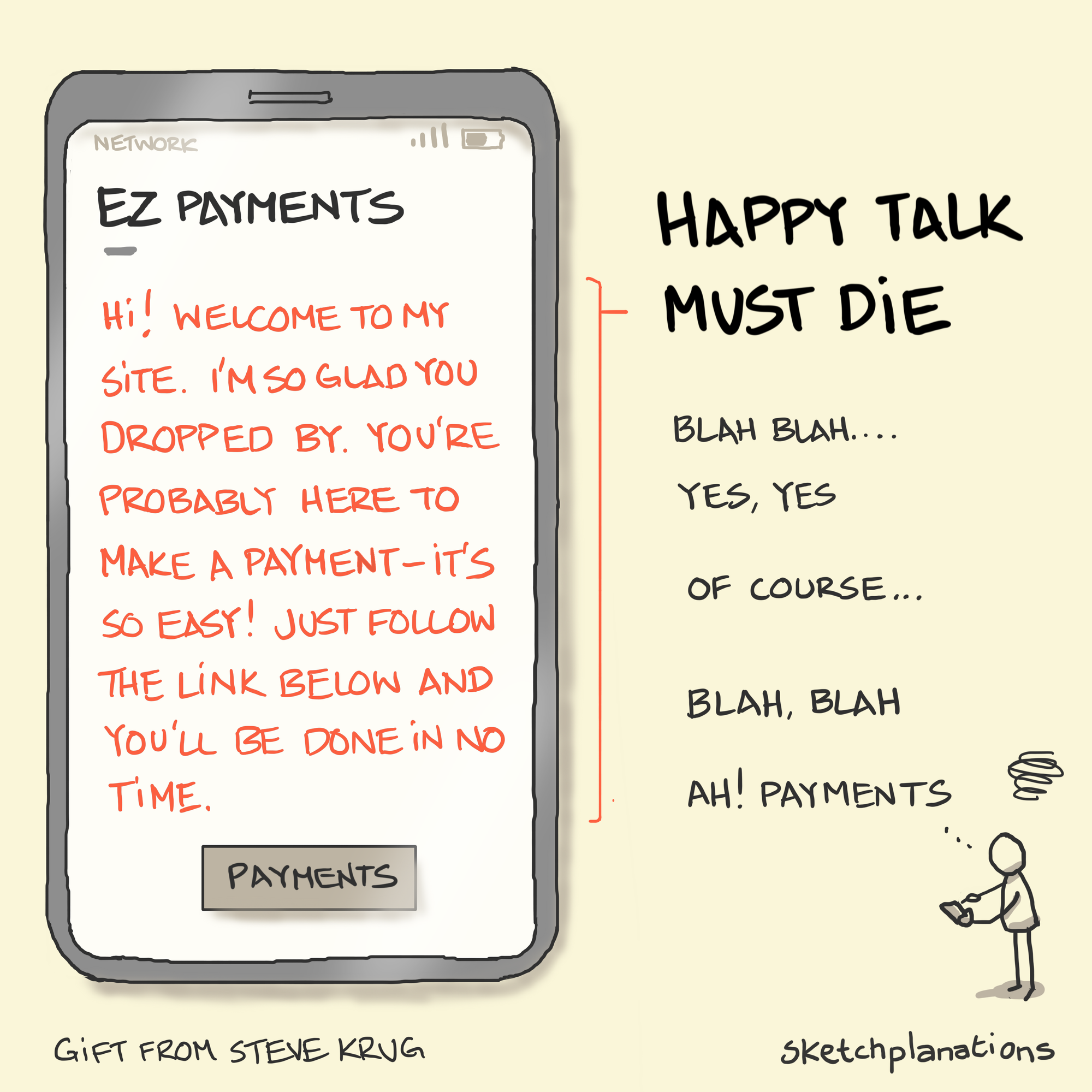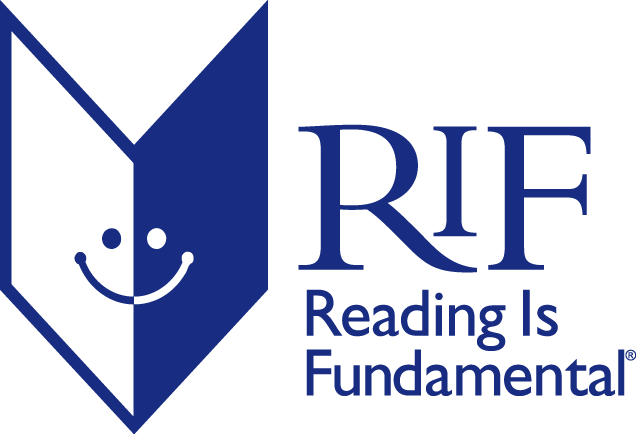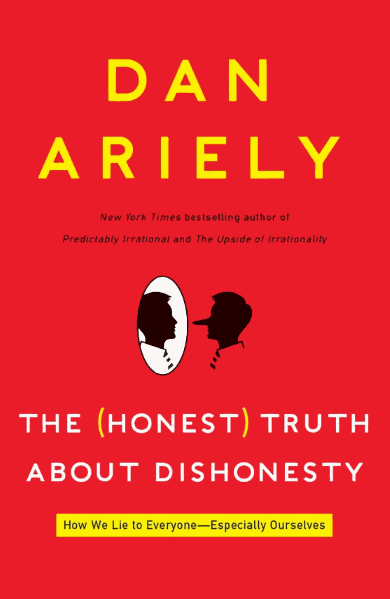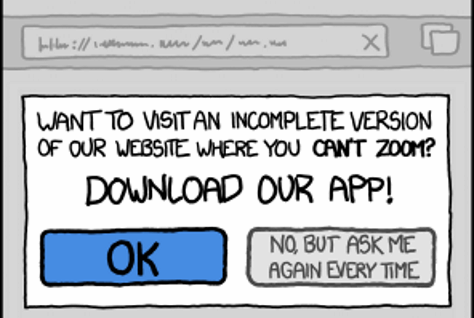Happy Talk Must Die
Per Steve Krug’s excellent book, Don’t Make Me Think:
We all know happy talk when we see it: it’s the introductory text that’s supposed to welcome us to the site and tell us how great it is, or to tell us what we’re about to see in the section we just entered.
If you’re not sure whether something is happy talk, there’s one sure-fire test: if you listen very closely while you’re reading it, you can actually hear a tiny voice in the back of your head saying “Blah blah blah blah blah…”

A lot of happy talk is the kind of self-congratulatory promotional writing that you find in badly written brochures. Unlike good promotional copy, it conveys no useful information, and focuses on saying how great we are, as opposed to delineating what makes us great.
Although happy talk is sometimes found on Home pages – usually in paragraphs that start with the words “Welcome to...” – its favored habitat is the front pages of the section of a site (“section fronts”). Since these pages are often just a table of contents with no real content of their own, there’s a temptation to fill them with happy talk. Unfortunately, the effect is as if a book publisher felt obligated to add a paragraph to the table of contents page saying, “This book contains many interesting chapters about _____, _____, and _____. We hope you enjoy them.”
Happy talk is like small talk – content free, basically just a way to be sociable. But most web users don’t have time for small talk; they want to get right to the beef. You can – and should – eliminate as much happy talk as possible.
Although Steve is referring to a web page here, this phenomenon is not limited to websites. Don’t put happy talk anywhere in your application – interface, dialogs, documentation, or even comments. Happy Talk Must Die. Happy Talk is just a pathological case of Omit Needless Words. The less text you have in your app, the better, because users won’t read it anyway.

Also, if you don’t own a copy of Don’t Make Me Think, treat yourself this Christmas and get one. It’s the single best book on usability I’ve ever read. If I had my way, it’d be required reading for every developer in the world.









